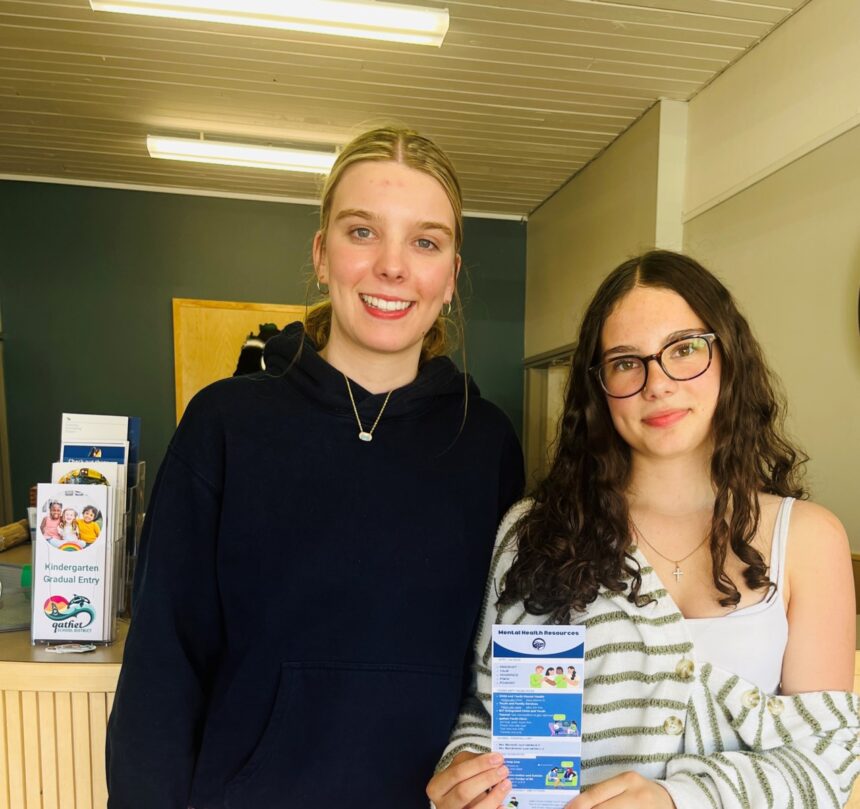In the coastal community of Qathet, a powerful student-led movement is challenging the status quo on youth mental health support. What began as casual conversations among concerned teenagers has evolved into a structured initiative that’s capturing attention across British Columbia for its innovative approach to peer advocacy.
“We realized that many of us were struggling silently,” explains Emma Chen, a grade 11 student and founding member of the Qathet Student Mental Health Collective. “The traditional resources weren’t reaching everyone, especially during pandemic isolation. We needed something created by students, for students.”
The collective, formed in late 2022, has already engaged over 200 local students through workshops, peer support networks, and digital resources tailored specifically to the unique challenges facing rural coastal communities. Their most recent forum at Brooks Secondary School drew participation from both students and educational leaders from across the region.
School district officials have taken notice. “What makes this initiative particularly valuable is that it’s emerging organically from the students themselves,” notes Dr. Jay Yule, Superintendent of School District 47. “They’ve identified gaps in our support systems that might not be visible from an administrative perspective.”
Provincial data suggests the timing couldn’t be more critical. According to the latest BC Adolescent Health Survey, reported anxiety and depression among teenagers has increased by nearly 40% since 2018, with rural communities often facing additional barriers to specialized mental health services.
The Qathet collective has pioneered several notable approaches, including a digital peer support network that maintains anonymity while connecting students to trained peer counselors, and a weekly drop-in program that blends mental wellness discussions with creative activities designed to reduce stigma.
“What’s remarkable about their model is how they’ve integrated cultural context,” explains Dr. Miranda Li, a child psychologist who has been consulting with the group. “They understand the specific pressures faced by students in their community—from geographic isolation to the economic uncertainties affecting many coastal families.”
The initiative has secured modest funding through a combination of local business sponsorships and a provincial youth action grant. The collective is now developing a toolkit they hope to share with other rural school districts.
“Mental health support isn’t one-size-fits-all,” says Liam Jackson, a grade 12 member who leads the group’s outreach efforts. “Urban models don’t always translate to communities like ours. We’re creating something that acknowledges our specific reality.”
As the initiative gains momentum, questions remain about sustainability once the founding members graduate. The group is addressing this challenge by actively recruiting younger students and developing leadership transition protocols with support from school counselors.
“The most important thing we’ve learned is that our voices matter,” reflects Chen. “Students have unique insights into what works for our generation. When adults truly listen and empower us to create solutions, everyone benefits.”
As communities across Canada grapple with youth mental health concerns, could the Qathet model represent a new paradigm for student-led initiatives? In a landscape where traditional approaches often struggle to connect, perhaps the most effective solutions will continue to emerge from those experiencing the challenges firsthand.

























